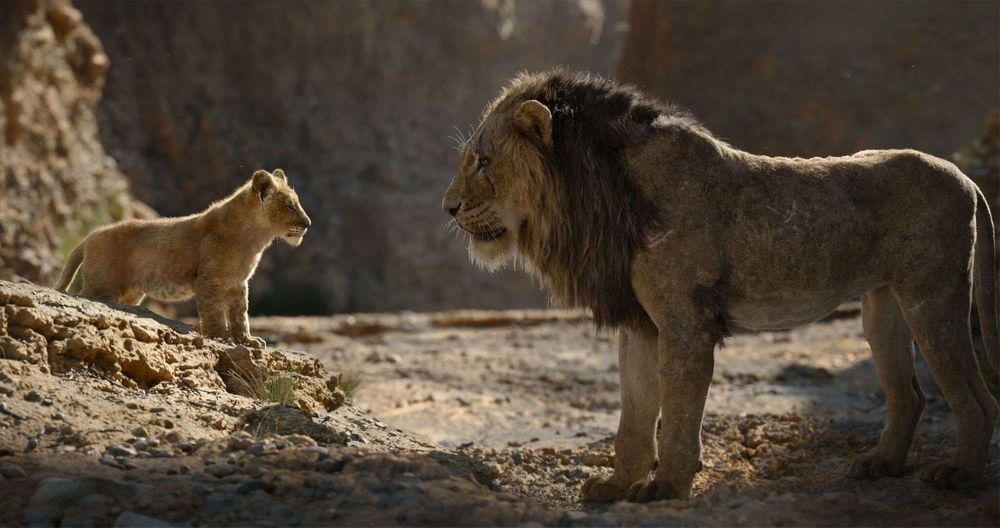
A triumph at the international box office with over 1.5 billion of dollars, The Lion King is one of the most successful Disney films: although it is considered a real feature film for the realism of the images and for the actual use of some real shots, if considered an animated feature film it would be the highest grossing film of all time.
We met with Gianluca Dentici who has worked at MPC as Senior Compositor Key Artist and Max Centra Senior lighting TD.
Gianluca, when and how did The Lion king production begin ?
After the incredible breakthrough of The Jungle Book film and ahead before the Academy Award ceremony who prized the film with a best visual effects’ Oscar, Disney had already started working with director Jon Favreau, visual effects supervisor Rob Legato and Adam Valdez on The Lion King, trying once again to push the level of realism even farther.
The first phase was obviously that of referencing with the first film of 1994 since Disney wanted to employ the same directorial style of the first film and in fact on the new remake everyone would spot some of the more iconic shots many of us grew up with.
The next goal was establishing a suitable aesthetic look whilst keeping the realism, therefore visiting those locations where the story is originally set was really crucial.
The production organized a location scouting in Kenya to visit places and observe animals in their natural habitat and for acquiring visual references the artists would have used to recreate the characters’ look, study their movements and being able to build it into the digital realm, environment and lighting likewise.
The team also captured many other details, including different types of leaves, plants and trees, all in HDR to see how the different surfaces would react to different lighting conditions. Therefore, 360 ° HDR shots of the skies and sun were also captured to build a core library of lighting situations and backgrounds.

Traveling to Kenya, however, were not only meant to find visual references but also to carry out photogrammetry surveys useful for rebuilding CG environments. Photogrammetry is in fact a technique which help on reconstructing three-dimensional environments through the processing of multiple photographs taken from different points of view. For The Lion King, MPC used this technique to scan Mount Kenya and surroundings, flying a helicopter at 17000 feets.
It has been calculated that this photo scouting work has seen 6 photographers and 4 video operators traveling between the north and south of Kenya covering a total of 18,000 km. In fact the crew returned to same locations several times to photograph the same environment on different lighting and on different weather conditions and for observing the behavior and growth of surrounding vegetation.
Gianluca, when did the "virtual filming" begin and what does shooting a film using a virtual reality equipment really mean?
At the moment The Lion King represents probably the largest production ever made by using virtual reality as a tool for navigating an immersive shooting environment. In fact, after a meticulous pre-production work, first low-resolution environments and characters were created and sent to be used for the virtual filming; This began in June 2017 when Adam Valdez, MPC's visual effects supervisor, Rob Legato (VFX Supervisor for Disney) and cinematographer Caleb Deschanel, along with Unity technicians and those from other game engines gathered all together in a Los Angeles studio for wearing virtual helmets. Through virtual reality it was in fact possible to immerse them all into the digital environments created by MPC and observe it as if you were walking on a real environment to carry out a location scouting.
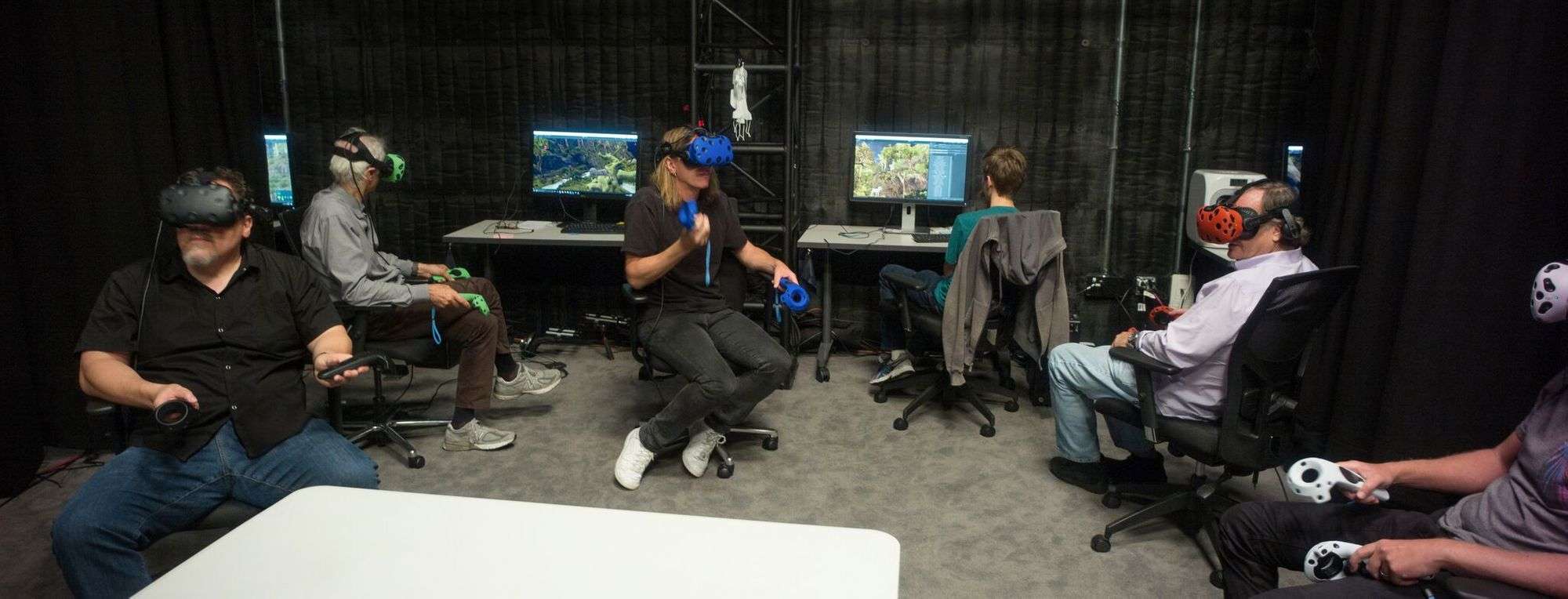
At this point the director and his collaborators were able to define shooting setups, thus the camera position, lenses and camera moves and anything while observing the animation of the characters already playing within the virtual environment.
Obviously all the traditional shooting equipment like tripods, dollies, drones and cranes were "encoded", which means that they were also part of the virtual environment in a way each move actually corresponded to a change in the shooting point of view within the virtual world. During the film making process, the director could check the shot on the set-monitor and make changes of various kinds and this was only possible thanks to the virtual cinematography equipment such as Unity.
Basically it was like shooting on a real set with actors in flesh and bones but in a controlled environment and with the possibility of repeating takes as many times as they wanted or changing the shooting set-up on the go, in a short time. Among other things, the acting would remain exactly the same for each take so it was possible to build up the shots with much greater precision.

Director of photography Caleb Deschanel also benefited from the virtual environment as he has been able to carry out tests using different virtual lighting conditions. Apparently one of the first test that was carried out featured the Rafiki character with 6 different lighting conditions in an attempt to find the most appropriate and natural look that could be plausible in the real location in Africa.

Gianluca, how was creation of visual effects was carried out? What were the more crucial steps?
While Adam Valdez was in Los Angeles working along with the virtual production team, VFX supervisor Elliot Newman at MPC London started the long process of creating assets (characters, environments, animations) needed for shooting the scenes with the virtual system in L.A.
For The Lion King a sort of 'evolving' workflow was employed so the assets were constantly improving and enriching with many details on animals, environments etc., by that point the asset could be sent back to the virtual cinematography crew in L.A. with even more elements than it had before, so the director had more hints and elements for a potential re-shooting;
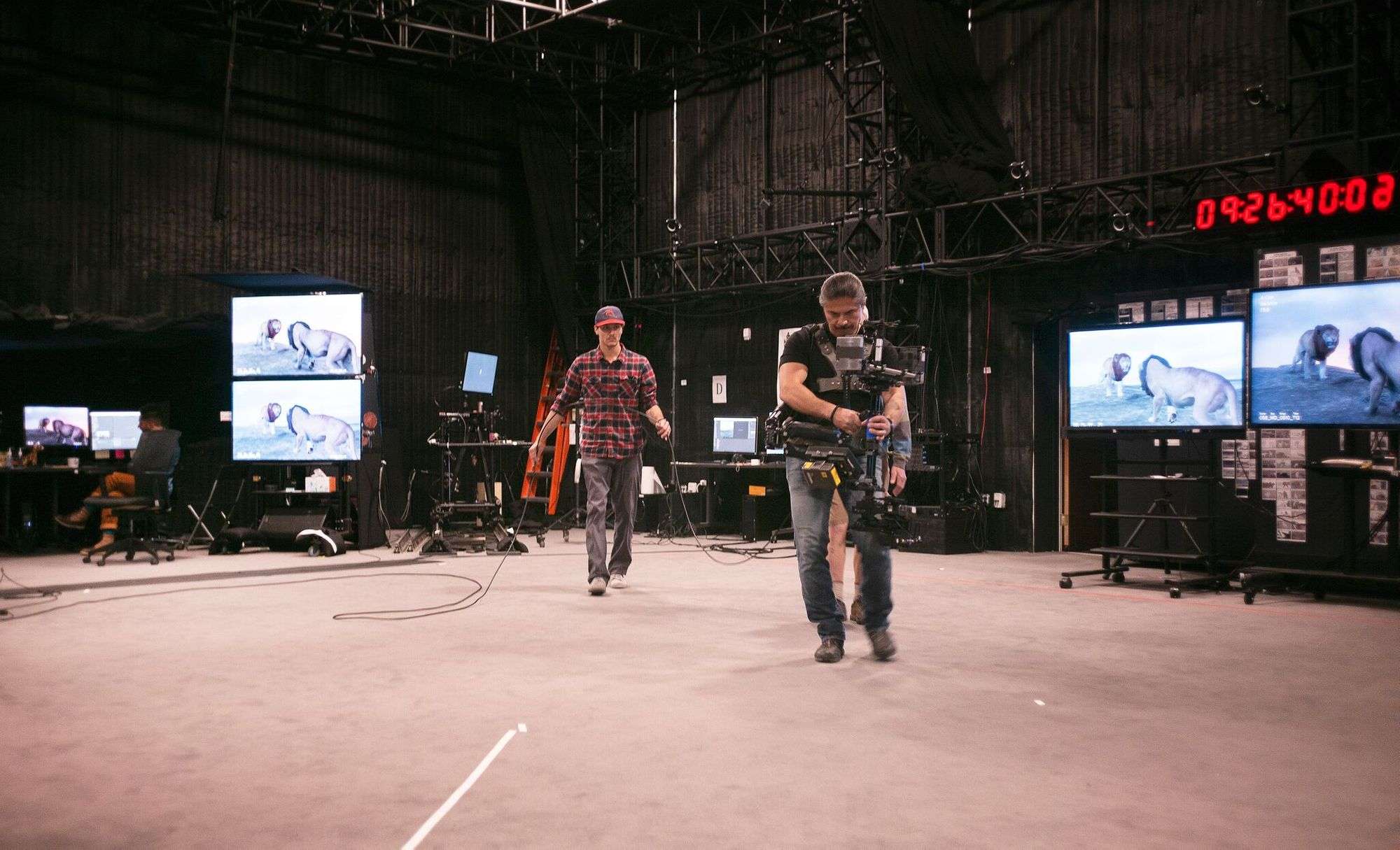
Gianluca, how did you address the assets creation for the film ?
The creation of environments and animals required a big R&D work on specific tools to speed up the creation of so many elements featured in the show. MPC has managed a huge work on creating all the assets between characters and environments.
Among these: 17 main characters, 63 unique species (in 365 variations, from zebras to anteaters) and in total animated 9063 characters and 31421 virtual crowd actors. Speaking on environments, the work was really massive and it was inspired by the reference documentation registered in Kenya, in fact MPC created 66 natural environments, a total area of 150 square km, about 11 times the city of Los Angeles! These environments have been finally populated by a real ecosystem including 921 green species among plants, trees and flowers, not even counting the different variations for each type!
Max, what does it mean to work in the Lighting department?
Lighters transform 3D elements received from all other departments (Modelling, Animation, Fx, etc…) into multi layers 2D images (the so called “passes”) which are then processed and finalised by Compositors. To become a Lighter for big production companies, it is required to have advanced skills and knowledge both artistic and technical. Lighters must be able to process complex structures of CG elements of different types ( Environment, Characters, Cloth, Fur, Fx…) and make sure the render farm can output high quality renders on time.
Especially in huge full CG production like The Lion King, optimising every little component is mandatory. This stage is often underestimated but requires a considerable amount of time to be invested. Fundamental to this is defining the LOD (Level of Detail) for geometries and elements, according to visibility and camera distance. Lighters need to analyse and identify what is really “seen” from what must be traced for every pass.
Lighters must also have a great photographic eye, aesthetic sense and attention to details.
I strongly suggest investing in a good professional camera, with several lenses, and go around shooting different kinds of subjects under different lighting conditions. Travel as much as you can and admire nature and man made masterpieces around the world. Visit museums and observe the artworks of the old great masters. Watch the great classic movies and learn about the art of cinematography.
Being a Lighter means being able to communicate emotions through the light. Lighters have the power to show or hide every component of the shot, leading the audience to look at the meaningful components of the framing and the story.
Max, what was the most complex challenge on achieving the final look on The Lion King?
The Lion King is a full CGI movie, with the aim to reach a photoreal result. MPC provided a huge library of photo and video resources which we utilised as much as we could on creating the most photoreal images possible. I had the chance to experiment with different techniques and styles and show the results to the supervisors and the director. Working on The Lion King was definitely a once in a lifetime experience. After working on many movies where the lighting had to match the “plate” as close as possible, for the first time I felt free to use the light in a creative way.
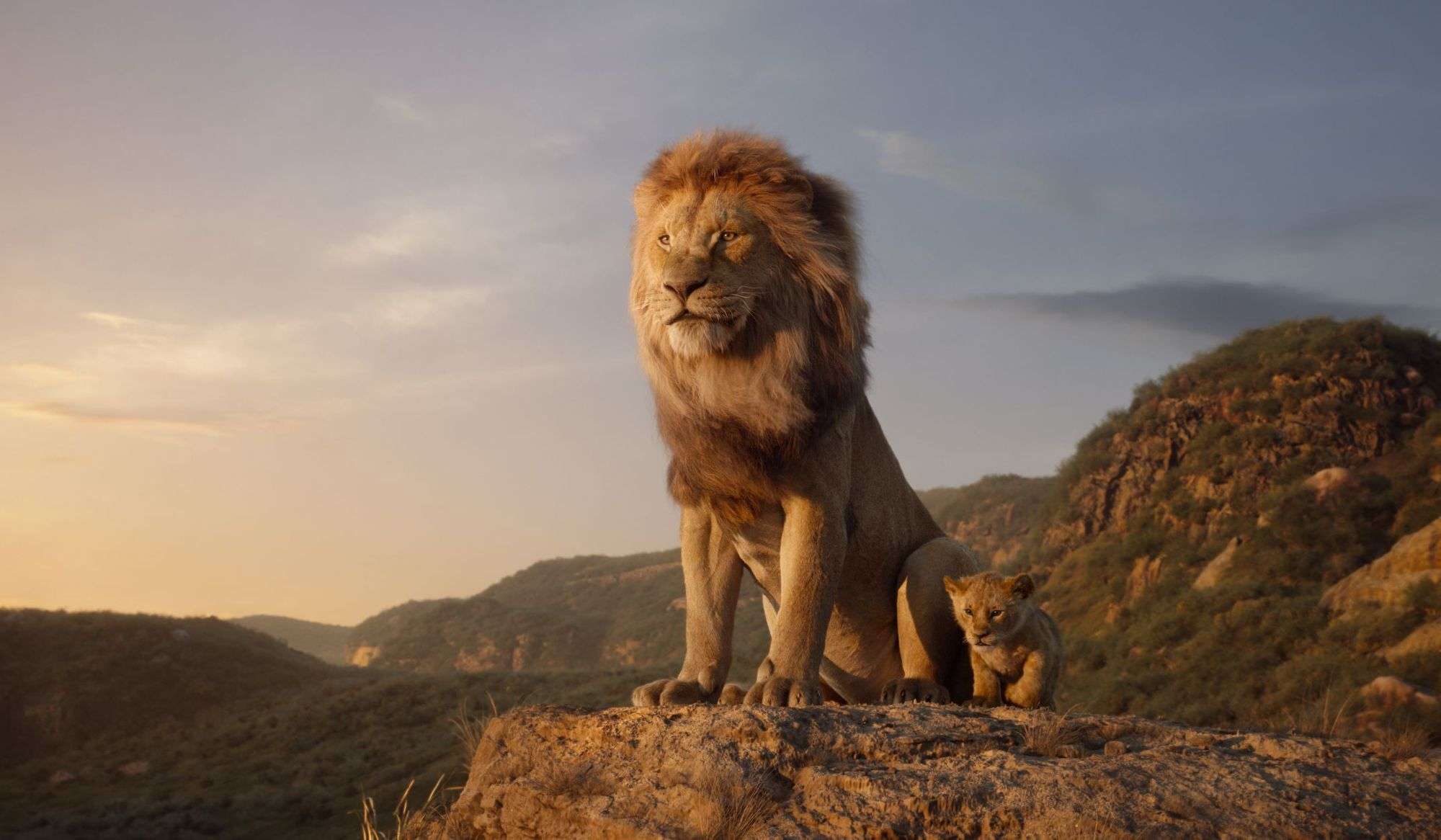
Max, how did lighting contribute to the final photoreal result?
On this ambitious project every department put in their maximum effort to achieve results as close as possible to reality. Photorealism was reached by lighting thanks to the massive photoshoot taken by the film department in Africa. A huge library of high definition images was categorised, including 360° landscapes and skies, under different weather conditions and during different times of the day. Starting from these materials, we extracted the HDRI maps which were then used during the lighting stage.
Max, speaking of render time, which was the most challenging sequence?
One of the most challenging sequences from the render time point of view, was the scene showing the two lion cubs Simba and Nala, running on the shore, going through water and crowds of animals. Water and fur are the most complex elements to render and in this specific sequence they were all combined on a huge scale. It was the last group of shots my team worked on. When we received it we were already close to the final deadline and we didn’t have much time. However in the end, the water and wet animals were rendered by using very high quality settings through the use of remarkable computing resources for every single pass.
Max, what were the most difficult shots to achieve from the lighting point of view?
On The Lion King I had the honour and the responsibility to work on hero shots and really complex sequences. In particular I would like to mention two.
The Sunset:
The sequence where Mufasa shows the Savannah to his son Simba while the sun rises.
It is one of the most touching sequences of the whole movie, full of beauty and emotions. From a creative point of view, it was a challenge to render the perfect sunrise as it is one of the most challenging lighting conditions.
We spent a lot of time studying photo and video references which depict this magical moment in the African Savannah. Such a moment could be captured and rendered in different ways, with very different colours and exposure levels. After several iterations and experiments, we agreed on the final look.
This sequence was also challenging from a technical point of view since it required to render billions of grass blades and thousands of plants instances in a single framing which covered the whole Savannah landscape.
The Forest:
The sequence where an adult Simba walks in the forest with his friends Timon and Pumba. They talk about the Circle of Life and discover the massive termite mound.
The three characters stroll going through trees and different zones where lighting conditions change. From the creative point of view the light should evolve according to the story, from the starting point to the end. The result should be subtle but perceived by the audience at a subconscious level. The light defines the mood and at the same time shows the beauty of the forest, leading the audience’s attention on main elements.
The complexity and richness of the vegetation were a big challenge. We had to use every optimisation trick to get to clean and noiseless images. We studied the lighting to show different levels of the forest, using chiaroscuro throughout such as the hotspots of the sun permeating through the trees contrasted with the dappled shadows generated by the leaves. As a final touch we added the atmospheric component to better define the deep forest.
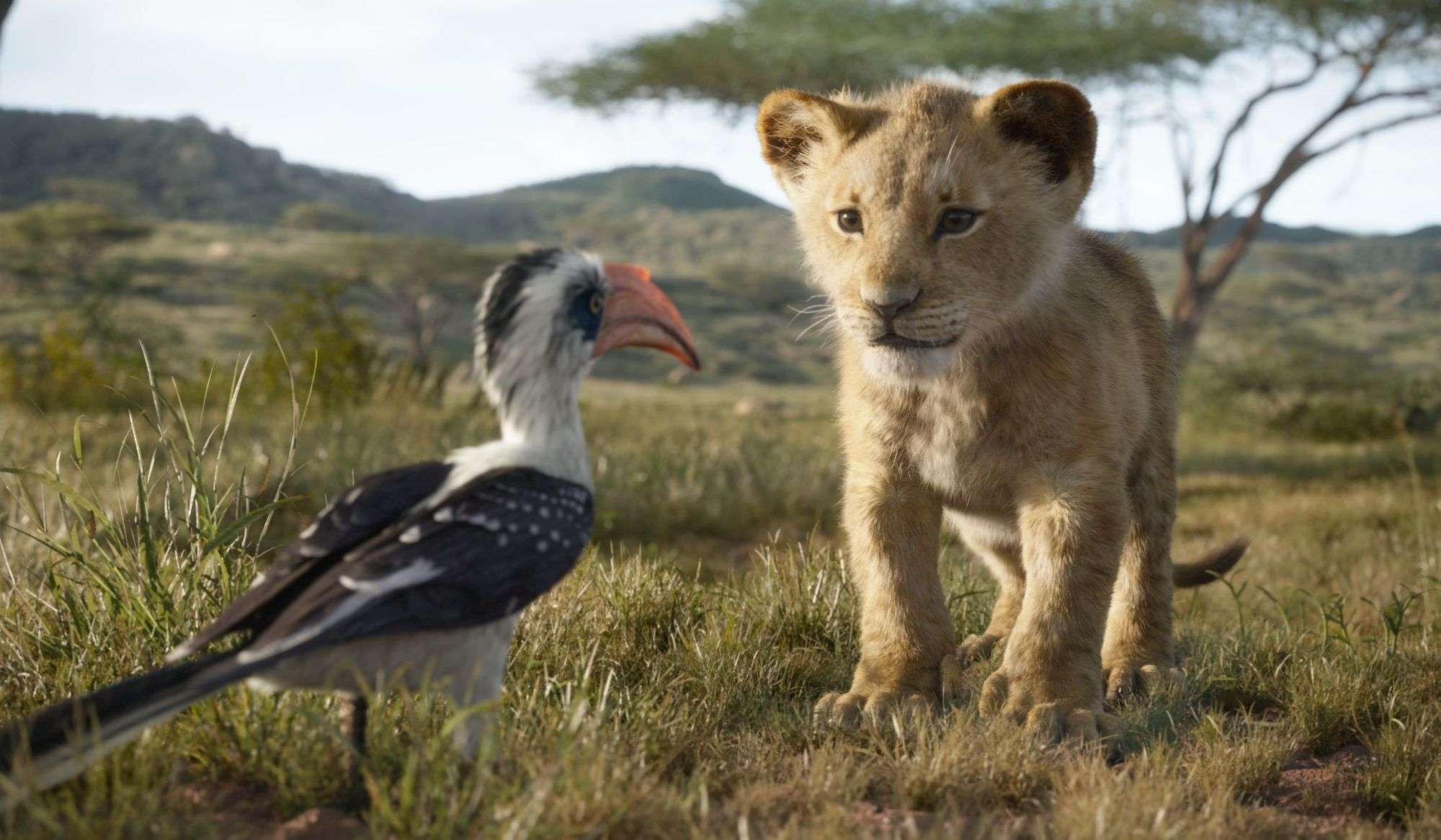
Gianluca what was your personal experience on The Lion King?
From the first day we were told the film’s realism look was going to be more like a documentary than that of a standard full-CG feature but honestly I wouldn’t expect we could go that far!
I worked for the Compositing department as a Senior Compositor Key artist and our task was to create the final shot by putting together all the characters, settings and effects coming from all other departments and make it look photorealistic. I must say that by the time I received CG characters’ renderings from the lighting department on the very fîrst shot I was amazed with its realism! Characters themselves, their eyes, the fur were really impressive, now when a compositor get such a high quality material to start with the work is much more exciting and pleasing.
We were divided into two and at some point also in 3 compositing units based on different sequences and environments criteria. I worked for the second unit that was responsible, other than other things, on the creation of nighttime and atmospheric shots, like those into hyenas’ grotto. I must say that our task was very complex, perhaps even more than other units given that when you are dealing with scenes in penumbra you have to keep as many details as possible but at the same time creating a typical Disney-styłe atmosphere but on a realistic manner, without revealing too much, otherwise it would break the lighting work; it is therefore a matter of delicate balancing with contrasts, lights and shadows that often requires some testing time before reaching the desired result.
Adam Valdez was often with us to handle shots and defining the visual look for the most complicated sequences.
I could remember that when we worked on such shots the point was that the only plausible light in a forest would be the on of the moon therefore you must be able to show the most relevant elements of the shot and its details without overdoing to the point the moonlight looks like a mega light reflector, it is a complicated phase that deserves attention, time and interaction between several artists.
The film was made in stereo which means that for each shot a double data flow had to be made: the images for the left and right channels; Technically it might require the doubling of the rendering time for CG dept. Whereas for us in compositing also a further step to overcome before getting to the final approval.
Infact as soon as the shot was approved by internal supervisors Adam Valdez, Rob Legato and ultimately by Jon Favreau, the second channel was in fact carried out but this final stage is however critical and occasionally unforeseen issue might come over.
Some areas of the shot in the 3D space might turn to be very extreme and invasive against the audience space, even a tree’s branch or just a leaf could come out too much from the screen, so in those cases we have to work along with the stereo supervisor on changing the convergence of the stereo stream which translates into the shifting of the scene’s stereo space.
Sometimes even strong light spots and small highlights can cause an annoying "ghosting" effect if they sit on top of high contrast areas, basically it seems like these points got shifted on one side and doubled , so even in that case we must intervene to minimize this problem.
Gianluca you have also worked on Jungle Book at MPC, what are the substantial differences you made out working on both film?
Well, look-wise the qualitative leap of the computer graphic, that already had a very high profile on The Jungle Book, was immediately obvious! besides on The Lion King we don’t have any live characters so we saved a lot of time not having to pull out any blue screen key out of it. Same thing for the stereoscopic part because on Jungle Book one of the difficulties was to precisely blend the stereo CG work with the live’s stereographic setup who required the Stereo department to rigorously work on 'Triage', a delicate phase of retouching and improving the stereo live footage before being able to compose it with the CG.
Another substantial difference I noticed was the incredible work done by the animation department; All characters move with impressive realism throughout the entire film: expressions and secondary actions on bodies, small movements like the typical slight twist of a lion’s ear when it tries to shake off a gnat, have made the characters even more credible and alive.
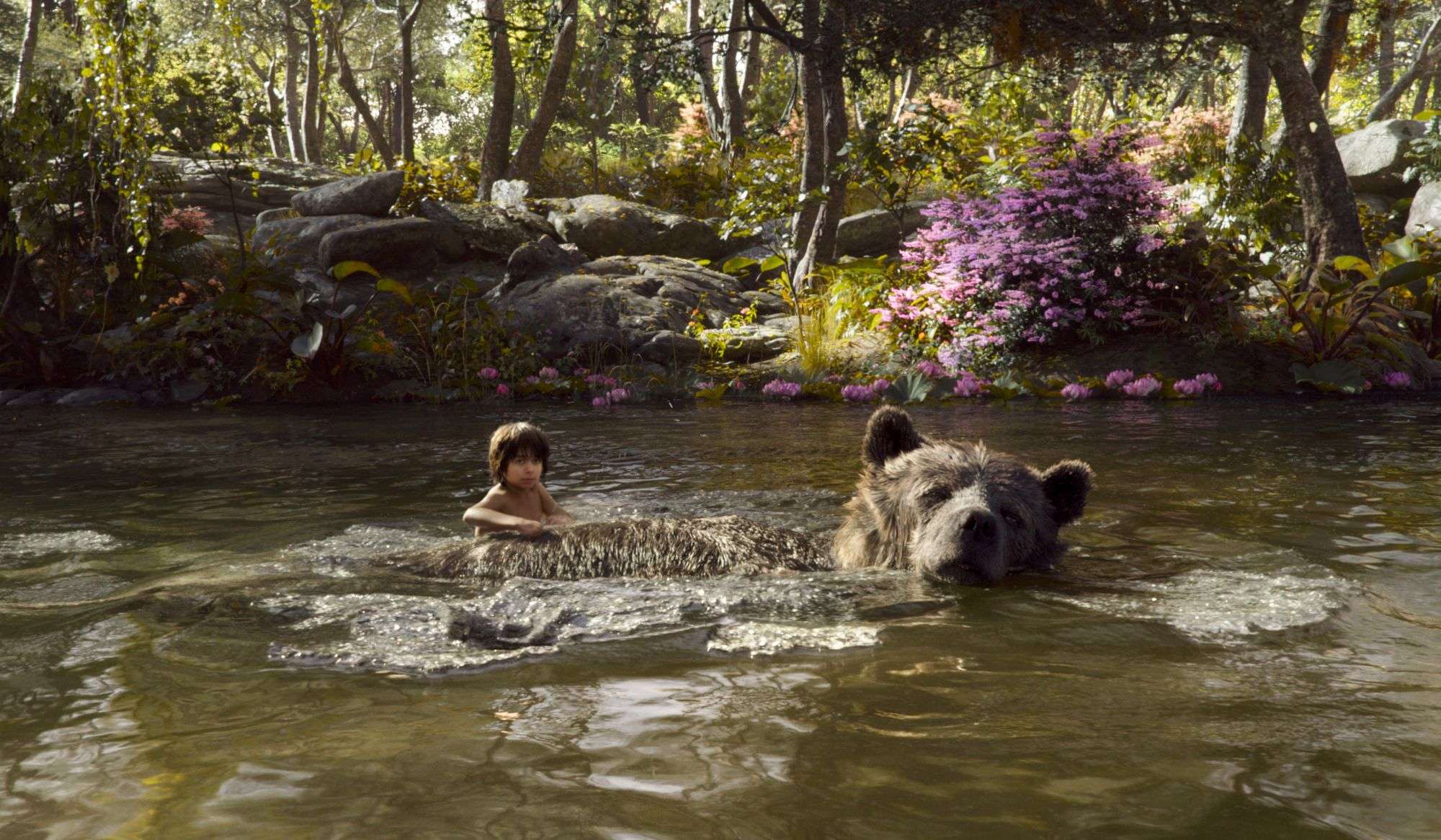
Guys can you give us any numbers on the workflow and about approving phase for the shots?
Well speaking on Compositing department it was calculated that we sent 6182 compositing versions and considering the show itself counts 1490 in total it means that each shot has been reviewed on average 4.1 times before reaching the final approval.
Now speaking on all other dep. between Animation and Environment, 847013 versions were produced, equivalent to 46 days of visual material, for which only 3.6% was sent to Disney, supervisors and director for the review.
Some other fun facts: there are 676578 flies and insects in the film and about 100 billion tufts of grass were generated whose dynamic simulation was obtained through PaX, a proprietary MPC system for dynamic simulation on virtual environments .
1250 is the total number of artists involved in the production, among them 650 in London, 550 in Bangalore and 50 in Los Angeles.
Is there an anecdote that you guys recall with particular affection you want to share with us?
The making of the film was an incredible life experience that united and amazed all the artists who were part of the creative process! Every artists were committed on making their best and finally all these efforts really paid off on achieving such realistic-looking images nobody have seen before. During the crew screening organized by MPC at the IMAX cinema in London we all had a spontaneous and contagious explosion of joy at the end of the film while our credits were running on the screen. We went back home with the memory of an unprecedented experience and a posh branded bag containing a Lion King’s Agenda, specially designed by Disney and donated to each artist.
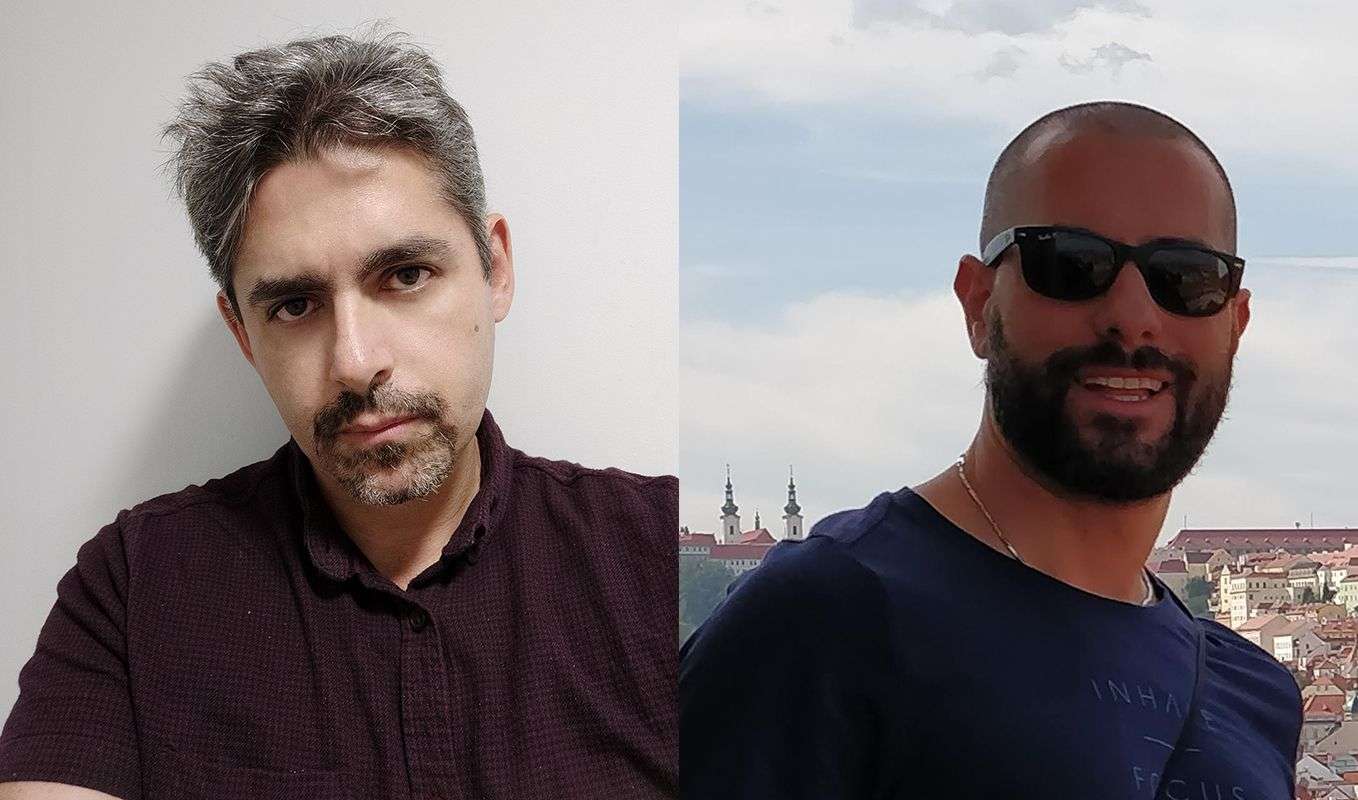
All pictures courtesy of Disney and Jonny Vale (MPC)